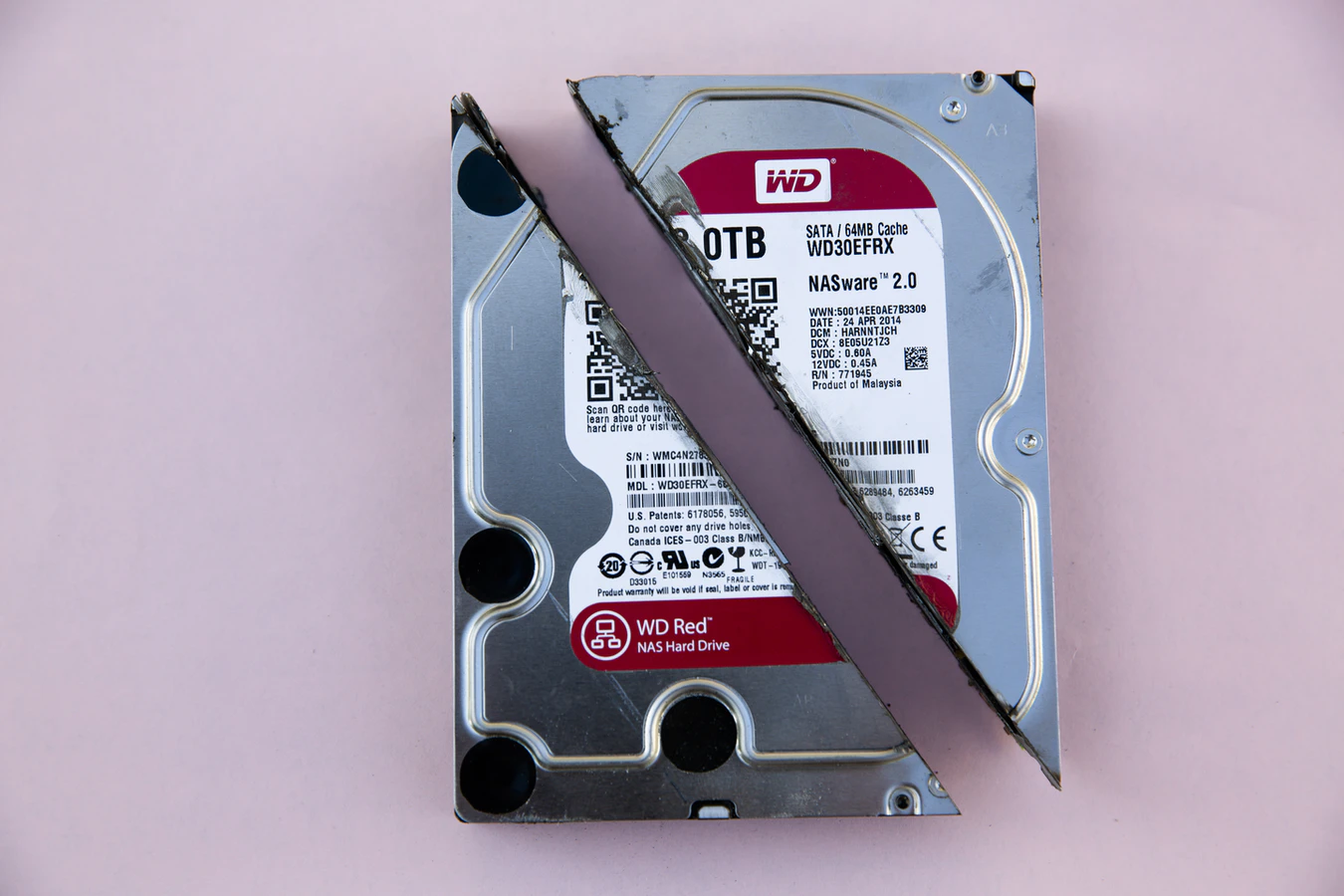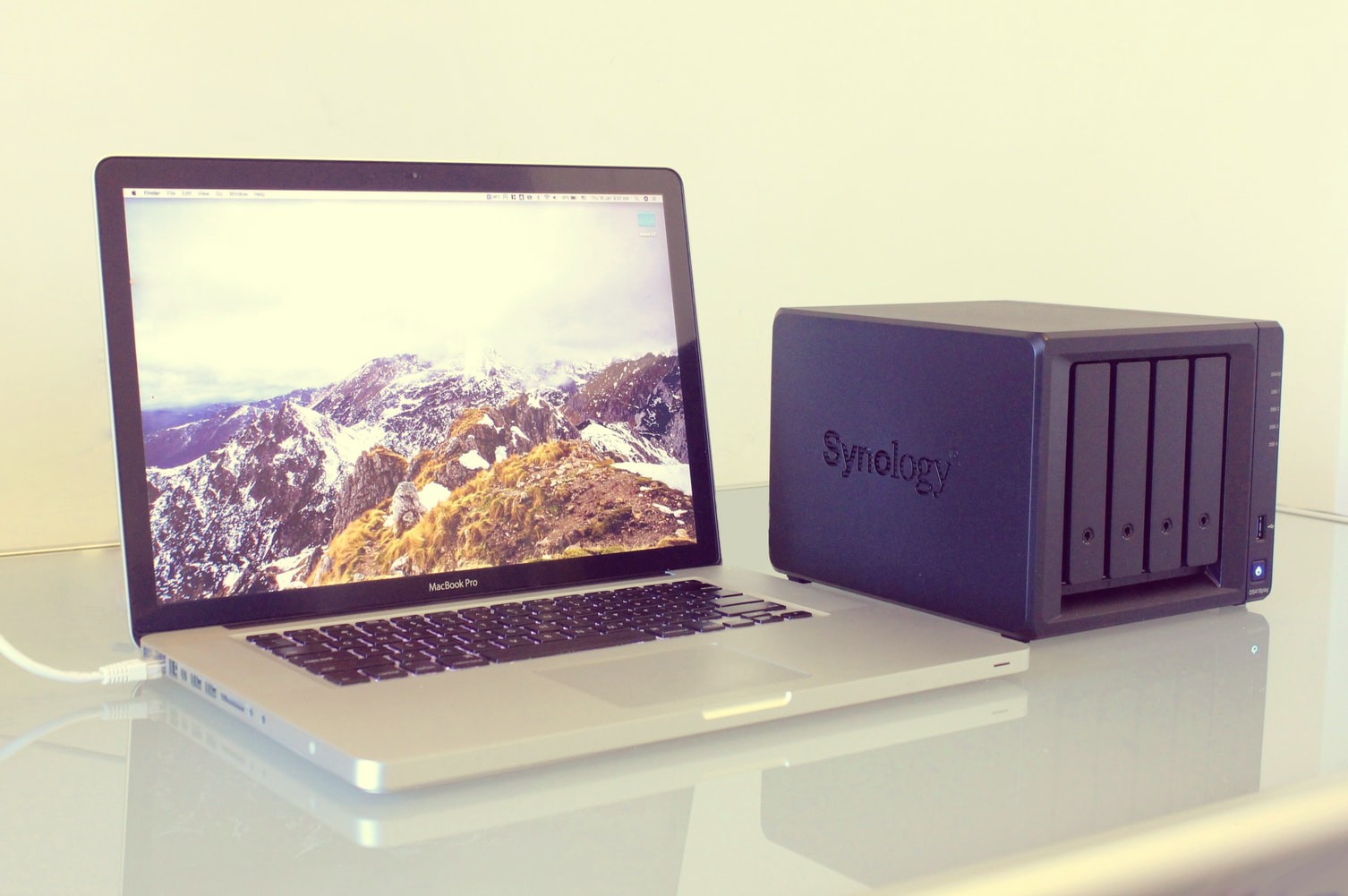
- #Nas vs external hard drive as a data store for a server free#
- #Nas vs external hard drive as a data store for a server windows#

Yet, the NAS is always made up of boxes, which are often placed in a permanent position.Besides, neither internet connectivity nor power supply is required. The external drives are so compact that it can be carried around everywhere in your backpack, even pocket.


#Nas vs external hard drive as a data store for a server windows#
Why couldn't you just use "mklink" command in Windows to point to your network share and create a junction link. I'd be interested in hearing if anyone is using this approach to backup their NAS or linux disks to an affordable online backup provider. The X: drive then appears as a local disk and not a network share. I used the mount arguments from the above post, and switched out "gdrive:" with "local:\\fileserver\linuxisos". I've tested this with one of the popular online backup providers and it works well.Ĭreate a local remote in Rclone (I called my local), then mount (with the UNC path). You know all those affordable cloud backup providers that only work with Windows, which you can't use with your NAS as they only support locally attached drives? Well with Rclone you can mount your NAS SMB share as a 'local disk'. Sorry to all if this is obvious.Ok, so I completely overlooked the significance of this until I experimented with Rclone on a windows VM to mount GDrive (thanks to this post ) Just make sure to tag the post with the flair and give a little background info/context. On Fridays we'll allow posts that don't normally fit in the usual data-hoarding theme, including posts that would usually be removed by rule 4: “No memes or 'look at this '”

#Nas vs external hard drive as a data store for a server free#
No memes or 'look at this old storage medium/ connection speed/purchase' (except on Free Post Fridays).Search the Internet, this subreddit and our wiki before posting.And we're trying really hard not to forget.ģ.3v Pin Reset Directions :D / Alt Imgur link Along the way we have sought out like-minded individuals to exchange strategies, war stories, and cautionary tales of failures. Everyone has their reasons for curating the data they have decided to keep (either forever or For A Damn Long Timetm). government or corporate espionage), cultural and familial archivists, internet collapse preppers, and people who do it themselves so they're sure it's done right. Among us are represented the various reasons to keep data - legal requirements, competitive requirements, uncertainty of permanence of cloud services, distaste for transmitting your data externally (e.g.


 0 kommentar(er)
0 kommentar(er)
